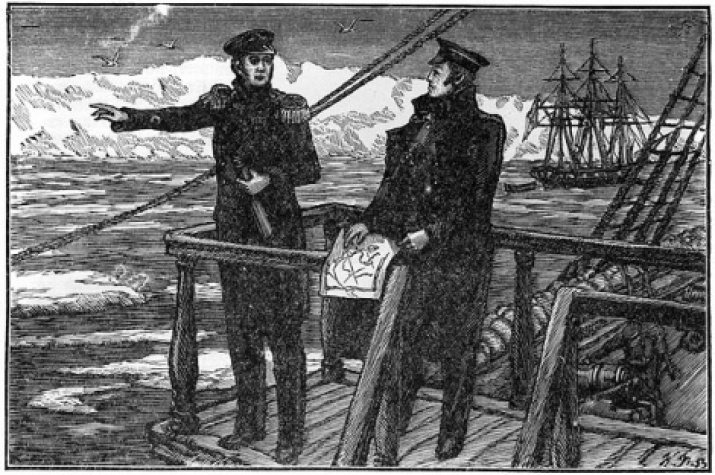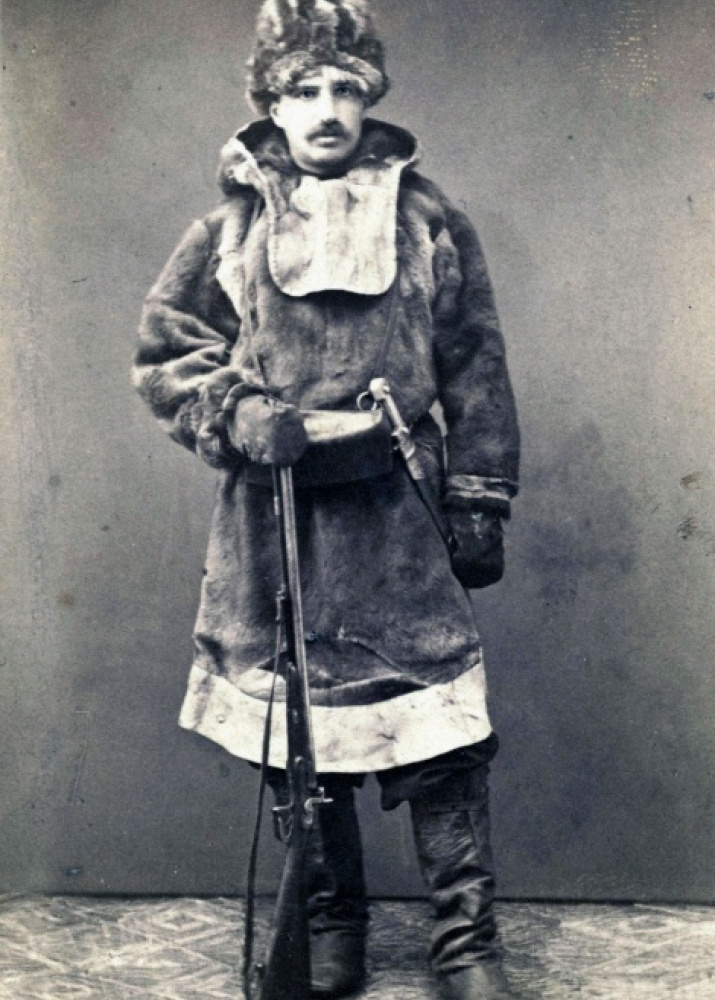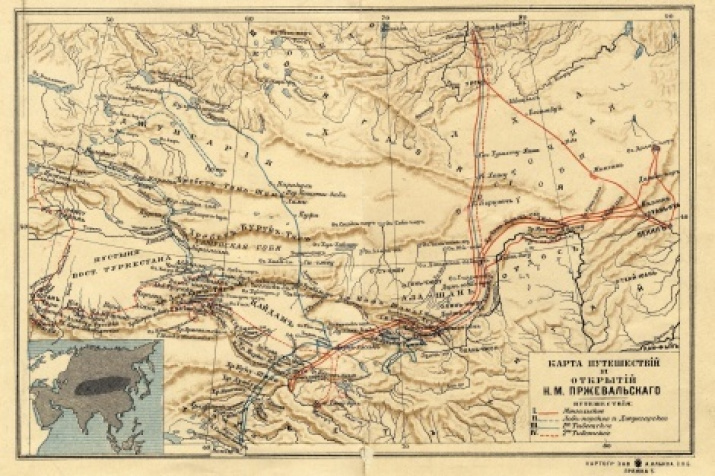New Year's Eve is not only a time for celebrations and feasts, but also of great beginnings. At a time when the outgoing year is replaced by a new year, there are often significant events taking place.
«On the first day of the new year, we wished each other to happily quit the dangerous situation and, having completed the difficult voyage in the Arctic Ocean, to see the kind fatherland,» - the January 1, 1820 such record was made by the head of the First Russian Antarctic Expedition, the future member of the Russian Geographical Society Faddei Bellingshausen. He noted in his diary that in honor of the holiday the sailors were served the soup with sauerkraut and pork and a glass of hot punch in addition to the usual portion. Before the opening of the new continent there were 15 days left.
The sloops «East» and «Peaceful» moved forward despite thick fogs. On January 16 (January 28, according to a new style) at noon, the expedition members saw ice that, due to falling snow, was first mistaken for white clouds. The ice Antarctic field stretched everywhere - from west to east. The opening of the new continent was the main geographical gift for the New Year, not only for the crew of the «East» and «Peaceful», but for all mankind.
Almost three decades later, on December 28, 1849 (January 9, 1850, according to a new style), Nicholas I approved the Charter of the Russian Geographical Society. «The IMPERIAL Russian Geographical Society has a purpose to collect, process and disseminate in Russia geographical, ethnographic and statistical information in general and in particular about Russia itself, as well as disseminate reliable information about Russia in other countries,» the first lines of the document said.
On January 14, 1881 (on January 26, according to a new style), Nikolai Przhevalsky was greeted at a meeting of the Society members. He just returned from his third expedition to Central Asia, which took place in 1789-1880. Przhevalsky studied several ranges in Nanshan, Kunlun and in Tibet, described Lake Kukunor, as well as the upper reaches of the Yellow River and the Yangtze River (the territory of modern China). In addition, the scientist collected ethnographic information about the life of the Mongols, Tibetans, Chinese. Participants in the solemn meeting were amazed by the wealth of information received and congratulated the traveler on scientific achievements.
December 4, 1885 (December 16, a new style) in the scientific world there lit a new star - Grigory Grumm-Grzhimailo. It was then that a graduate of St. Petersburg University presented to the members of the Russian Geographical Society a report on their first expedition - to the Pripamir countries. In 1884-1885 he crossed the Alai and Zaalaisky ridges, he visited the upper reaches of the Muksu River and Lake Karakul. The scientist collected valuable collections of vertebrates, as well as a rich collection of butterflies (12,000 copies). 30 of the 146 insect species were absolutely unknown to the science!
December 30, 1924 at a meeting of the Society, Peter Kozlov made a report on the progress of the Mongolian-Tibetan expedition. The explorer of the ancient city of Hara-Hoto and this time achieved incredible results. In the Hentai Mountains, he first found and explored the burial mound Noin-Ula (the territory of modern Mongolia). Numerous objects were discovered in it, they will allow to restore the peculiarities of the life of the Huns - the ancient Turkic tribes of the 2nd century. BC. e. - I c. n. e., including a unique collection of fabrics and carpets of high artistic value. In total, 212 burial grounds of the Huns were discovered. This became one of the greatest archaeological discoveries of the 20th century.
Of course, this is not a complete list of New Year's achievements of Russian researchers. Travel around Russia, learn new things and make your own discoveries!



